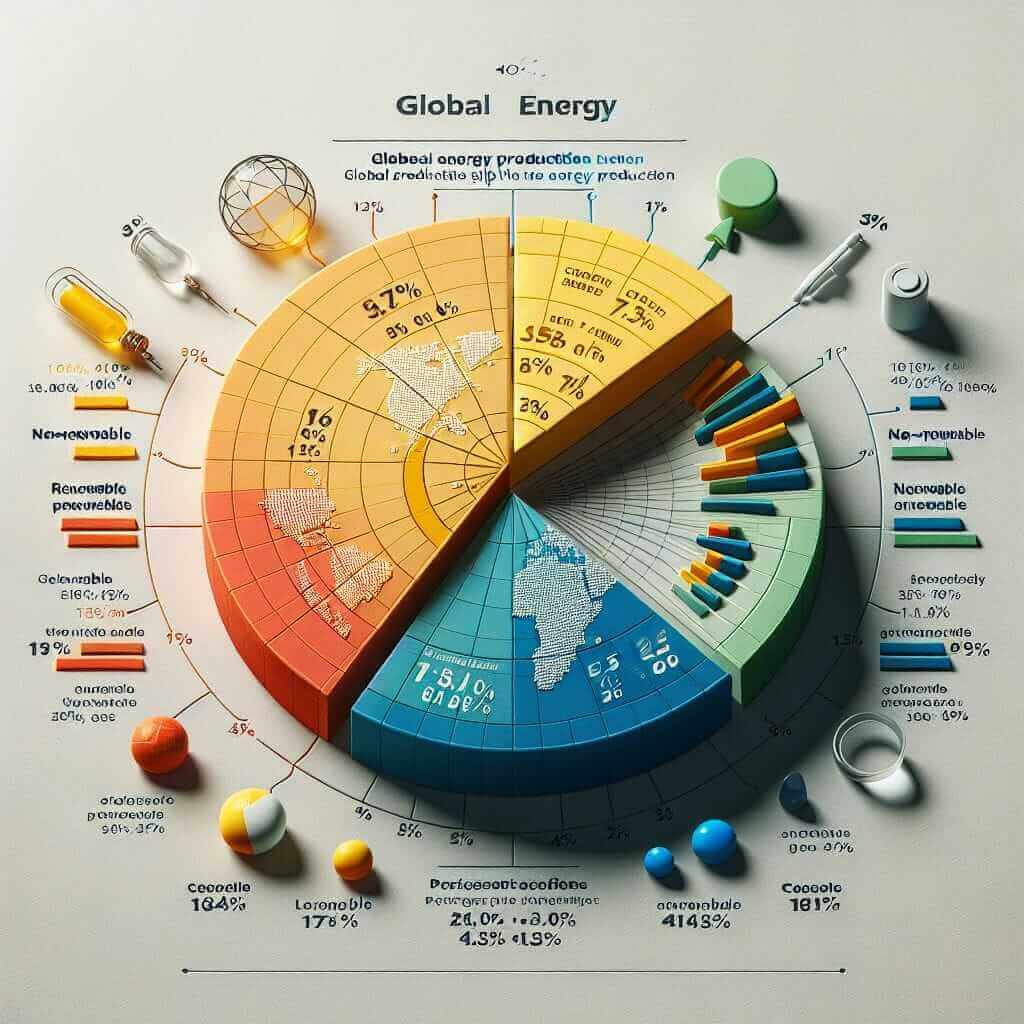The IELTS Reading section can be a challenging hurdle for many test-takers, and within this section, True, False, Not Given questions often cause the most confusion. These questions test your ability to comprehend factual information presented in the text and distinguish it from inferences or information not provided. As an IELTS instructor with over two decades of experience, I’m here to guide you through understanding and conquering this tricky question type.
Nội dung bài viết
Understanding True, False, Not Given Questions
Unlike traditional True/False questions, this IELTS format introduces a third possibility – “Not Given.” This means the information you need to answer the question is not explicitly stated in the passage. Here’s a breakdown:
- TRUE: The statement agrees with the information provided in the text.
- FALSE: The statement contradicts the information in the text.
- NOT GIVEN: The text does not provide any information about the statement.
Strategies for Success
-
Keyword Focus: Identify keywords in each statement and locate them in the passage. Pay close attention to synonyms and paraphrasing techniques used in the text.
-
Focus on Facts: Base your answers solely on the information given in the passage. Avoid making assumptions or drawing on your own knowledge.
-
Look for Direct Evidence: For a statement to be true, there must be clear and direct evidence within the passage to support it.
-
Identify Contradictions: False statements will directly contradict the information presented in the text.
-
Don’t Over-analyze: If you can’t find clear evidence to support or contradict a statement after a reasonable amount of time, mark it as “Not Given” and move on.
Example from an IELTS Reading Passage
Passage Extract:
“The use of renewable energy sources, such as solar and wind power, has been steadily increasing over the past decade. However, these sources still account for a relatively small percentage of global energy production.”
Question:
The majority of the world’s energy is now generated from renewable sources.
Answer:
False. The passage states that renewable sources still represent a “small percentage” of global energy production, contradicting the statement.

Tips for Improvement
- Practice Regularly: Consistent practice with authentic IELTS reading materials is crucial.
- Time Management: Allocate your time wisely during the exam. Don’t spend too long on a single question.
- Develop Vocabulary: A strong vocabulary will help you understand the nuances of the text and identify synonyms.
- Read Critically: Train yourself to read for specific information and distinguish between facts, opinions, and inferences.
Conclusion
Mastering True, False, Not Given questions takes time and practice. By understanding the nuances of each answer choice, developing effective reading strategies, and practicing regularly, you’ll be well-equipped to tackle this challenging question type and achieve your desired IELTS score.